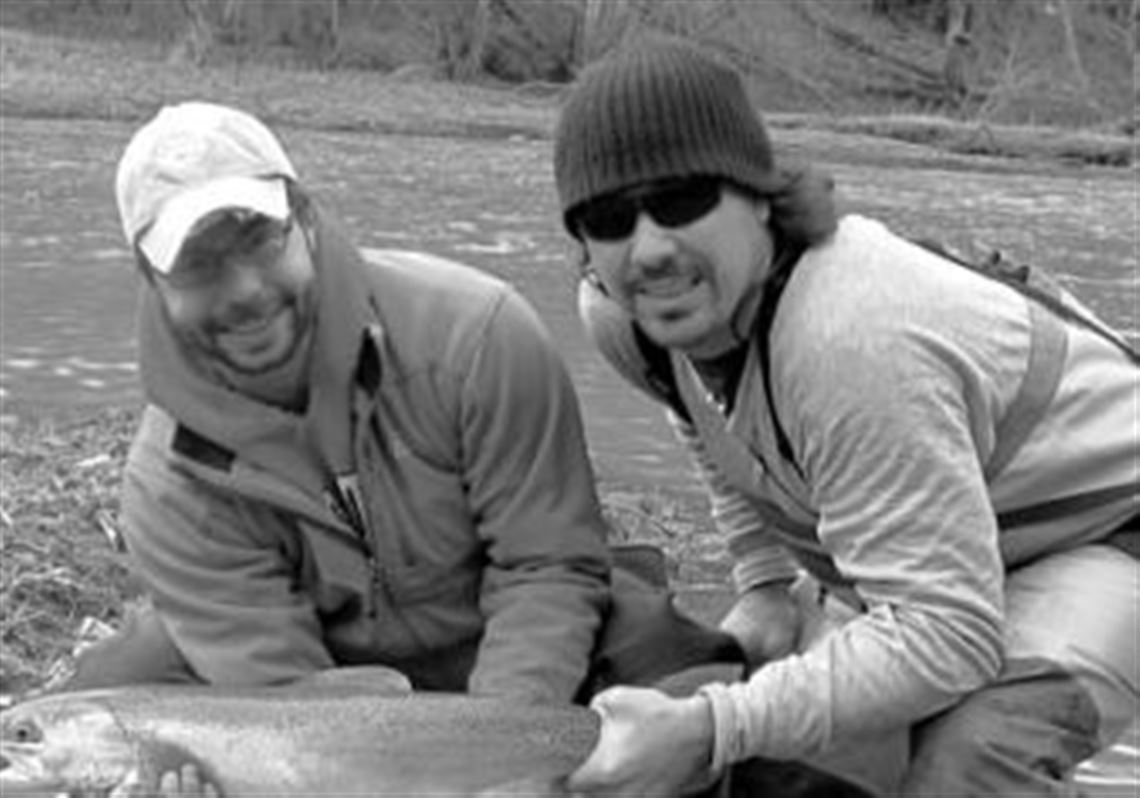Catch and release" is part of the language of modern angling. But if caught fish are not liberated correctly, "released and deceased" might be a more correct phrase.
A 2005 study of game fish mortality after release, conducted by the Ontario Ministry of Natural Resources' Fisheries Section, concluded that while catch and release has become an effective management tool to both increase recreation and sustain fish populations, fish survival after release can be jeopardized by extended play time on the line, hooking location, duration of exposure to air and the use of live bait. Bait poses a higher risk, the authors wrote, because fish are more likely to swallow it.
Fishing professionals maintain that since anglers, fortunately, intend to continue recreational fishing in a world of pressured fisheries, it is important to handle fish with care before and during release.
"Releasing a fish with maximum chance of survival is largely common sense," said Jim Martinsen, communications director for Sheldon's Mepps Lures in Antigo, Wis. "Handle it gently; get it back into the water as quickly as possible."
Big fish, Martinsen said, present a special challenge for safe release, an important consideration since large, mature fish often contribute heavily to the species' annual reproduction. Some states have "slot limits" requiring anglers to release fish larger than, and smaller than, a median "slot" size, protecting young fish and robust breeders.
"In general, the reproductive value of large fish is established by all the fisheries studies that support slot limits. I like slot limits, but their effectiveness depends on safe release of big fish," Martinsen said. "Big fish can be injured by their own body weight. We get photos sent in ... often they'll show an angler holding a big muskie or pike with the belly hanging way down, distended. You need to support the weight of the fish to prevent injury. "
Another risk to handling big fish is that the gills offer a handy grip, which Martinsen said can seal a fish's doom.
"Holding a fish by the gills is like somebody grabbing you by the lungs," Martinsen said. "That will kill a fish quicker than anything. With a big fish, it's better to not even lift it out of the water. Reach down with pliers and remove the hook alongside the boat or shore."
Martinsen, who has worked in the fishing industry for 25 years and fished all across North America, said unhooking the prize is only one step in the process of successful release.
"You need to be aware of the condition of the fish as you prepare to release it," he said. "If it appears stressed, you can revive it by holding the head into the current to allow water to pass through the gills. In still water, hold it by the tail and move it back and forth. That will freshen the fish and most times he'll snap to it and swim away."
Anglers often overlook the fact that their tackle selection, before the catch, can influence the survival of released fish. Fisheries biologists recommend matching tackle strength to the size of fish you expect to encounter. Landing fish on tackle that is too light requires a long, extended fight, which can exhaust a fish that is otherwise uninjured.
Despite the cautions, catch and release does work when done correctly. A cooperative 30-year study of Atlantic salmon hooking mortality conducted by fisheries agencies in Russia, Europe and North America found that when anglers follow the correct "code of practice," survival rates of caught and released salmon are "very high and can approach 100 percent."
The Leggetts Creek Bassmasters Club headquartered in Scranton, Pa., reports that members caught 955 bass in tournaments during 2009, and that 947 (99.16 percent) survived release. The club did not report how, or for how long, it monitored released bass. Biologists' studies indicate that most released fish that succumb do so within the first 24 hours.
"I think people are becoming more sensitive to their impact on the environment," Martinsen said. "As they do so, they're realizing 'I don't need to keep all these fish.' The fun of fishing is putting a bend in the rod."
First Published: May 1, 2011, 8:00 a.m.
















